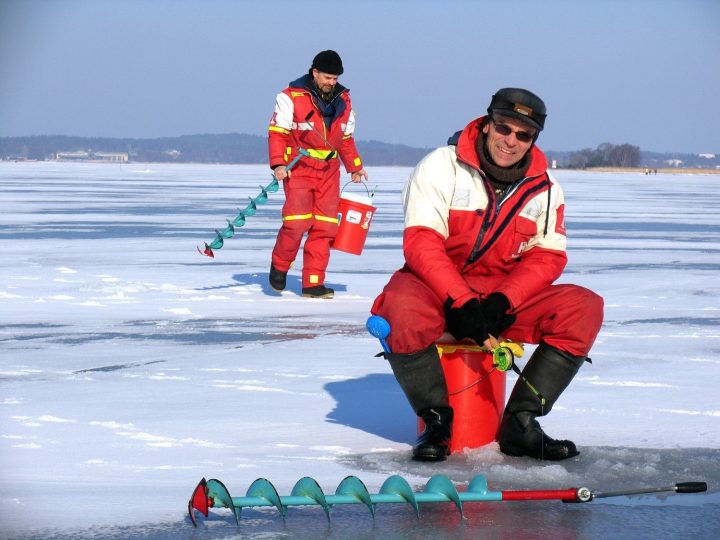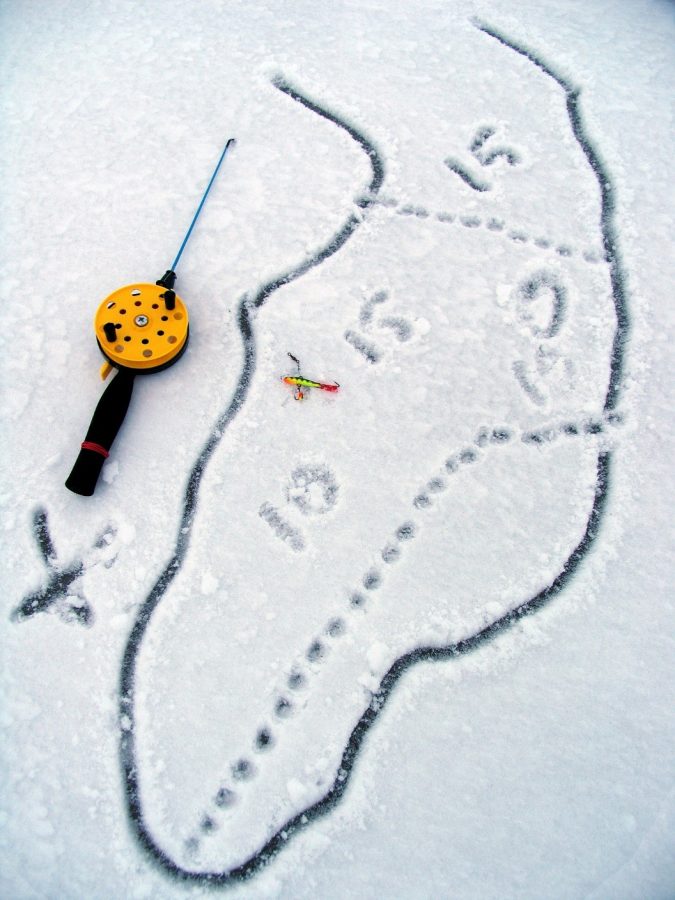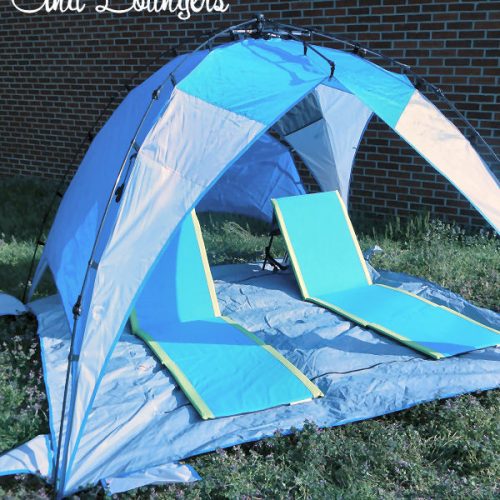
Ice fishing can take all sorts of forms, from quick trips that last a few hours, through to campouts that may last several nights. However, generally you will find that there isn’t a lot of time for drying clothing, even with the fantastic tents and full modern ice fishing setups available you will want the right gear. This doesn’t just mean making sure you have your auger, but also making sure that you are going to be warm, dry and comfortable. While most modern anglers will have a heater, this is to help stop the ice hole from refreezing and keeping themselves warm and dry may be just a happy side effect, that doesn’t always occur.
Cold, wet feet are the last thing that anyone wants, even more so when you’re spending time out on the ice. There are a lot of things that make ice fishing easier, but one of the most important is going to be your boots. For this there are a lot of things to look out for in order to make sure that you are buying something that is not only going to protect your feet in extreme cold, but also help you to walk safely, and of course, last more than one season.
Although they can be made from a variety of materials you will usually find that the best ice fishing boots are lightweight, flexible, warm, dry and comfortable. You may think that any snow or tramping boot would do, but these usually don’t cope with the extreme conditions that ice fishing will expose your footwear to, and you will rarely find ones that are truly capable of helping you walk – particularly not while you are burdened with all your gear.
Soles
Modern soles will generally be made of rubber. However, not just any rubber will do, as many standard shoes have soles that are going to quickly deteriorate in icy conditions. You also want to make sure that the tread is going to decrease the chance of you slipping, but also not going to collect loose ice, or snow, in the tread and create a dangerous, and unexpected hazard.
Another thing to think of is the environmental impact, and as many rubber soles are made from recycled material this is something that can be achieved.
Inner Soles
Although the rubber will keep your feet dry, having a great innersole can keep your feet warm and comfortable. There are a range of different options but most of the time you are going to be looking at either a fleece or thermal pad, and ideally these will be removable. Generally, you can pick which ever you have a preference for as both styles of material will keep your feet warm and comfortable. However, natural materials are usually going to be better than pure synthetic, and you will want to make sure that you are going to be buying a material that doesn’t cause your feet to sweat.

Outer Boot / Upper
Although your first thought may be that you want something waterproof, you generally don’t actually get too much water on ice and snow, so surprisingly, not all shoes sold as suitable for ice fishing are actually waterproof. However, most boots will be water-resistant at the very least, and more commonly you’ll find they are completely watertight, but definitely something to look out for when buying a new pair. Why? Well, other than the risk of water from under the ice, if you are going to be out for a while you will probably have a fire of some description, which means you will have ice melting on your boots.
Inners
You will often find that there are two layers to the inner shoe, a removable liner, then then lining itself. Having a removable liner means that not only are you decreasing the wear and tear on your footwear, but you are also helping to keep your feet warm and dry, particularly if you are going to be camping out.

Modern Ice Fishing
Trying to find fish under the ice used to be one of the hardest parts about ice fishing, but modern sonar technology has made this a little easier. However, although modern technology and equipment has made certain aspects of the sport easier, the basic skills have remained just as essential as they ever have.
Although you may see beginners giving it a go with a standard rod & reel, beginners luck might let them get away with this, but for most situations an actual ice rod is going to be your best purchase. They are smaller that open water rods, and they have a little more sensitivity. Being smaller they are going to far more comfortable to use if you are inside a small ice hut, however the best reason to use the shorter rod is that don’t need to cast. More popular size is around 30 inches, which is usually thought to be short enough to be sensitive and easy to manipulate but still long enough to give you enough power to catch bigger fish.
You may take an ice shack with you, particularly if you are going to be camping out for a few days. One of the big dangers with these is carbon monoxide poisoning caused by heaters that leak or aren’t properly ventilated. You also need to be aware that if your ice starts to melt around the edges of your hut then you may find it almost impossible to remove the shack when you want to go home. https://en.wikipedia.org/wiki/Ice_shanty
You can also invest in a power auger, which makes a great change from the old days of having to chip away at thick ice with an axe – although manual chisels, axes and ice saws are still used.
Other modern devices that can make ice fishing interesting include the use of underwater cameras that help the angler to find the fish, as well as see if the fish is interested in the bait dangling tantalizingly from the hole in the ice.
See more articles in our camping category.
Check out our Travel Adventure videos below!







